It is estimated that there are up to 10,000 different varieties in the world which technically can make table wine. Of these the Grape & Wine Research Development Corporation records a database of 1,271 being actively used in creating and blending different styles of wine in the world at present. We are all aware of the most popular grapes in the world and many of us make buying decisions first and foremost based on these varieties. But what of the more off-piste indigenous varieties that also make some of the world’s most exciting (if less well known) wines. These are the ones I would like to look at in more detail and choose some cracking examples from the Vino Gusto list for you to try. But first, let’s start with a look at the most popular examples.
Of these there are probably 10 which might be described as the most “noble”, well known (by trade and consumer alike) and widely planted – these are often referred to collectively as International Varietals – not least because as the name implies, and their reputations which follow, they are planted around the world. This includes famous names (in alphabetical order):
- Cabernet Sauvignon – important Left Bank Bordeaux component but extensively championed in the New World – Napa Valley, Coonawarra, Margaret River, Stellenbosch, Maipo Valley as examples
- Chardonnay – the grape behind White Burgundy and again championed widely in the New World – Los Carneros, Sonoma, Adelaide Hills, Margaret River, Hemel-en-Aarde (South Africa) as examples
- Chenin Blanc – the great Loire Valley grape – behind Vouvray and Savennières for example and South Africa’s most important white variety. Has the capacity to make wine in all styles from sparkling to dry, medium and sweet
- Grenache (aka Garnacha) – the grape behind Châteauneuf-du-Pape and the South Rhône/France in general. Equally important in Spain, most importantly in Priorat but also for blending in Rioja. In both France and Spain, the most important variety for Rosé wines
- Merlot – Cabernet’s partner in wine in Bordeaux (Right Bank) and again extensively championed in the New World – California and Chile for example
- Pinot Grigio (aka Pinot Gris) – the mainstream Italian quaffer, also very important in Alsace (in a totally different style) and now being planted widely in the New World to mirror both of these styles
- Pinot Noir - the grape behind Red Burgundy and again championed in the cooler vineyards in the New World. New Zealand’s most important black grape (Central Otago, Martinborough, Marlborough); also, in Hemel-en-Aarde and California (Los Carneros, Santa Barbara, Russian River)
- Riesling – the great grape of Germany, planted extensively in Austria (Wachau, Kamptal, Kremstal) and Alsace; championed in Australia (Clare and Eden Valleys)
- Sauvignon Blanc – claimed by both Bordeaux (Pessac-Léognan, Entre-deux-Mers) and the Loire (Sancerre, Pouilly-Fumé) as spiritual homes; the most important grape in New Zealand (Marlborough) and stylistically widely copied in the New World, especially Chile Casablanca and Leyda Valleys) and South Africa (Walker Bay, Elgin)
- Syrah (aka Shiraz) – the grape behind the great reds of North Rhône (Hermitage, Côte-Rôtie) and the most important black grape in Australia (Barossa, Hunter Valley, Heathcote) but now being widely planted in the New World in general

Interestingly though if you look at the Top 10 by the hectares (or acreage) planted then the list is slightly different!
- Cabernet Sauvignon
- Merlot
- Tempranillo
- Airén
- Chardonnay
- Syrah
- Grenache
- Sauvignon Blanc
- Pinot Noir
- Trebbiano (aka Ugni Blanc)
In this list Tempranillo and Airén (a workhorse white grape for bulk wine and blends) are almost exclusively planted in large areas in Spain, so they are very specific and are not “travellers” so to speak – although areas in California, South America and Australia are starting to trial Tempranillo.
Likewise, Trebbiano is an extensively planted white grape specific to Italy, although it makes an important appearance in the southwest of France (Gascogne) and is one of the main grapes behind Cognac and Armagnac – here called Ugni Blanc.
Leading Indigenous Varieties
So, what are the main and most successful indigenous grapes and which ones could be the world stars of tomorrow? And we will finish with some fine examples of these off the Vino Gusto list. The starting point must be Italy and Portugal.
Portugal & Italy
These two countries – apart from Eastern Europe countries – are the champions of their indigenous varieties. Of course, you will still find international grapes planted (Sicily in Italy being an example, also Alentejo in Portugal) but the bedrock of most of their wines is working with local varieties. This is taken to such extremes in parts of Italy that these varieties are almost exclusive to just that province let alone the rest of Italy.
For example, a white winemaker in Gavi Piedmont will work with and champion Cortese, whilst having limited knowledge in his or her counterpart in Soave working with Garganega, whilst another producer in Campania will be focusing on Fiano. Multiple this on the red side and across Italy and you end up with an Aladdin’s Cave of wine flavours and styles which are not only qualitatively strong and interesting but individual and authentic. And then try looking for them on the world stage and who else might be working with these varieties and the short list is … well short. They are the complete antipathy of the term “international”.
The same applies to Portugal by region and just to take one high quality example – all ports are made from a complex blend of indigenous Portuguese varieties, led by Touriga Nacional with including Tinta Roriz and Tinta Francesca. A white winemaker in Dão with work with Encruzado, in Bairrada, Bical in Alentejo Arinto and so on.
And some of these grapes are behind wines which can produce world class wines, highlights include:
- Nebbiolo – Barolo & Barbaresco
- Sangiovese – Chianti (Classico/Rufina) & Brunello di Montalcino
- Cortese – Valpolicella (Amarone)
- Aglianico – Taurasi
- Touriga Nacional – important component in Vintage & Reserve aged Tawny Ports, also full-bodied dry table red wines in the Douro
- Alicante Bouschet – Alentejo reds
- Alvarinho – classical Vinho Verde and Monção & Melgaço whites
- Arinto – Alentejo whites
- Bical- Barriada whites
I would also be tempted here to highlight red Rioja and Ribera del Duero and its main grape component Tempranillo. Rioja has remained a steadfast UK favourite, but the Tempranillo grape is much less well known or recognised – and maybe again because it doesn’t travel that well – so has become another example of a more “site specific” variety like Nebbiolo with Barolo and Barbaresco.
These are all already established names and recognised wines – although some drinkers may not be always aware of the grapes behind them. But does that matter when maybe the provenance of the wine is more important to the drinker? So, what about the rising stars in other countries and future international favourites?
To kick off, here is my own “crystal ball” list of 6 of the best – 3 white, 3 black – which I think could be big stars of tomorrow. All deliver fabulous flavours and style and, not least, I think they have the capacity to grow well in multiple vineyard settings.

From top left clockwise … Viognier (France), Godello (Spain), Assrytiko (Greece), Zweigelt (Austria), Primitivo aka Zinfancel (Italy/California), Touriga Nacional (Portugal)
White Grape Rising Stars
Just to showcase an example of a variety which has come from nowhere to world status, in the last 20 years has been the rise in, and following for, Albariño particularly from Rías Baixas in Galicia northwest Spain. The same grape over the border in the Minho Portugal is called Alvarinho but to date has not made quite the same connection with the drinker, although equally fine. With its fine, crisp citric and stone fruit qualities, unoaked and refreshing style it is clear to see why it has become so popular. So much so that plantings are now found in New Zealand, California, South America, and Africa.
And if you like Albariño you should love its Galician “cousin” Godello – which delivers a similar flavour and aromatic profile - in fact some drinkers believe this to be even superior in style and concentration to Albariño.
And then consider how the Austrian white variety Grüner Veltliner has also taken off with drinkers, with its citrus burst of fruit and spicy overtones. Again, 30 years ago and it wouldn’t be on many people’s radars.
Another example of a grape “on the rise” must be the Rhône white variety Viognier – which is now grown successfully across the world and is fully in transition to becoming an international variety. With body and texture akin to a good Chardonnay and precise stone fruit flavours this can be quite a hedonistic burst in the glass when on form.
By contrast the other great white Rhône white grapes – Marsanne and Roussanne are making slower progress in recognition and plantings around the world although top examples comfortably match Viognier for quality. There are pioneers though most notably Tahbilk in Victoria, Australia whose bottled aged museum release Marsanne’s sit under the radar as one of the world’s finer white wines – unoaked with amazing, dried stone fruit qualities and lighter alcohol and fine texture.
Another highly popular wine is Picpoul de Pinet from the Languedoc in southern France, made with the Picpoul or “Piquepoul” grape. This is now a firm UK favourite whose following has grown via its familiarity with the many millions of tourists who visit the region, its distinctive branded bottle shape, and the fact it is a very good and consistent wine with crisp, citric fruits, medium body, and easy drinking style. This wine is now a permanent feature on most restaurant wine lists – wind back just 30 years and few would know of or have featured it.
Other white varieties with potential are Furmint – the great Hungarian grape behind the world-famous dessert wine Tokaji Aszù, but also capable of making intoxicating dry white wine. Another contender is the Italian/French variety Vermentino/Rolle which can match Grüner Veltliner in fruit and spice style.
Black Varieties Risings Stars
Paradoxically, there has also been a resurrection of older, traditional European varieties in New World countries – probably the most successful example being Argentina’s success with the old Bordeaux variety Malbec in the Mendoza region. So much so that other countries are now planting Malbec on a large scale and some producers in Bordeaux are replanting it. Another example, if not quite so dramatic, has been Chile’s faith in and success with Carmenère – yet again an old Bordeaux variety (where again it is started to be replanted). I could quite easily see Malbec becoming truly international within a few decades.
Another warmer climate indigenous variety with scope is the great Port grape of Touriga Nacional which can make some truly rich but refined red table wines too. It also works well in red mixed grape blends, and I can see this having great potential in warmer New World sites. By contrast, the Austrian Zweigelt variety is an ideal, cooler climate variety making elegant, fruity, and gently tannic red wines.
Probably more familiar is the Primitivo grape from Southern Italy. This variety makes for juicy, richly fruity supple red wines and doubles up as one of the most important world varieties for rosé wines. And it has now been formally identified as the same grape as Zinfandel in California. I can only see its fame and plantings spreading.
Greek Black and White Specific Varieties
Another country which teems with indigenous varieties is Greece. Here both long established black and white varieties are now starting to show their paces and building reputations. Highlights include the black grapes Xinomavro and Agiorgitiko and the whites Malagousia and Assyrtiko.
Xinomavro is often referred to as “Greece’s Barolo”, particularly from the Naoussa region in the north where its fine red fruits, firm structure, and floral bouquet touches on the character of it more famous Italian counterpart. The Agiorgitiko is more rounded and plusher with ripe plum flavours especially from the Nemea region.
Assyrtiko has been a long established fine white grape and wine – especially from the island of Santorini where in its dry form it is very crisp, citric, intensely mineral and savoury. And the Vin Santó sweet version (made from sun dried grapes) is one of the world’s greatest dessert wines with its rich toffee and raisin notes balanced by remarkable freshness. Finally, Malagousia – a grape which almost died out – which is quite exotic on style, dry and spicy with ripe stone fruits and a savoury cut. It works particularly well in the Epanomi region.
I suppose the yet unanswered question is, are these grapes and wines site specific or could they too by successful when planted around the world given their intrinsic qualities and potential appeal to growers and drinkers alike?

The Greek Assrytiko variety grown here in these amazing sculptural wicker backet systems on the island of Santorini
And then there are twists to old favourites. We are very familiar with Sauvignon Blanc, but maybe less so with its cousin Sauvignon Gris. With its origin too in and around the Bordeaux region, this grape has some interesting richer textures and a spicy element whilst retaining Sauvignon Blanc’s freshness – and it works well too when incorporated into barrel fermentation. Do try the fine, textural white Bordeaux Château Lestrille Capmartin where Sauvignon Gris is the main grape in the blend.

Sauvignon Gris (L) and Sauvignon Blanc (R)
Thankfully the diversity of grape varieties and the increasing interest in growers and producers wanting to explore and create new styles and flavours is great news for the wine drinker as the vinous canvass seems set to flourish in the foreseeable future. Of course, international varieties will always remain strong and sort after but having this mix of offerings couldn’t be better for the wine lover. And to finish with a lovely selection of indigenous offerings from the Vino Gusto portfolio. I think refreshing your palate is all part of the fun of enjoying wine - please do try a few of these a try and let us know what you think.
There is an amazing example of Assyrtiko from the volcanic island of Santorini – as good an example as I have ever tasted. Then master Cape winemaker Chris Williams’s Stellenbosch Viognier showcases the New World credentials of this variety. The white trio finishes with an exemplary Godello from the Valdeorras region and stellar producer Rafael Palacios.
Then onto the black grapes and a nice twist with Primitivo – showcasing its adaptability as both a plush, juicy, red wine (from de Loach California) and fuller bodied and textural rosé from the southern Italian San Marzano group. A lovely fruity, lighter bodied red style from Mount Etna, Sicily of the Nerello Mascalese from Graci, finishing with the Douro maestro Dirk Niepoort’s “Drink Me” Douro range, here his textural and black fruit, spicy version where Touriga Nacional is the main component in the blend.
--

Nick says, “I am looking forward to working even more closely with Jake and the team at Vino Gusto. I hope to bring my broad trade experience into play to keep you informed and entertained via these monthly blog releases. Please do though let us know of any subject matters which might be of special interest to you, and we will see if can get these included over the coming months”.


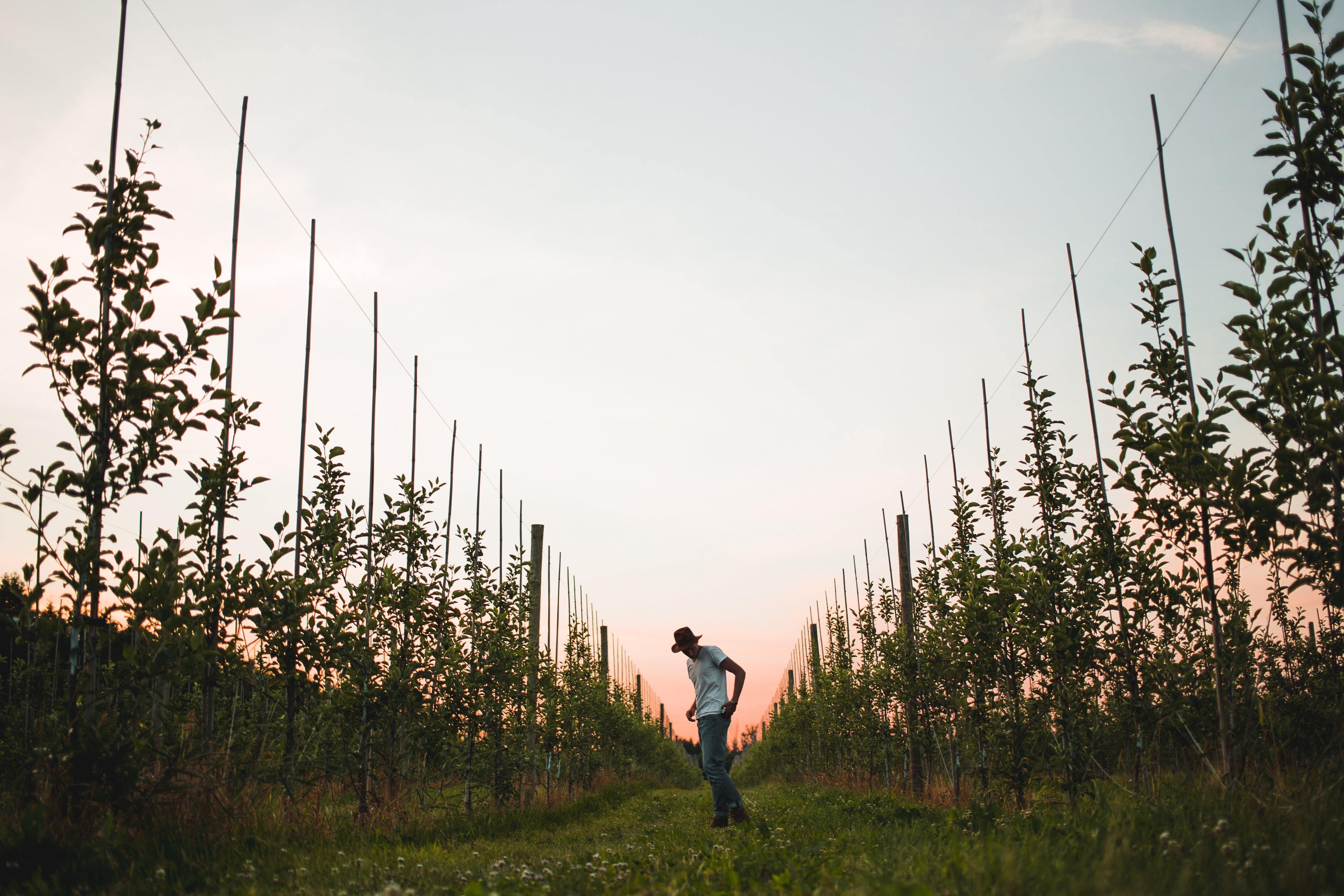
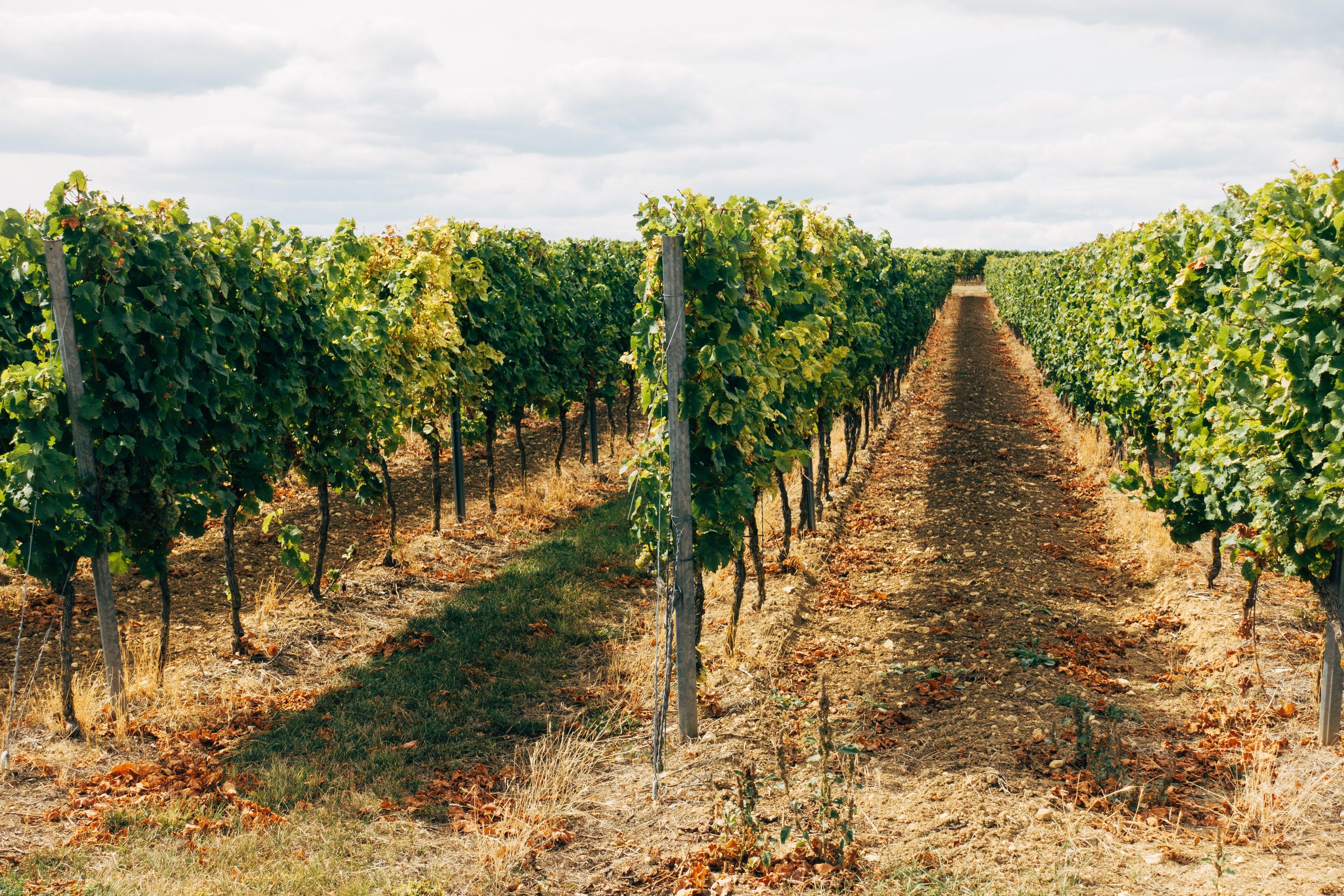
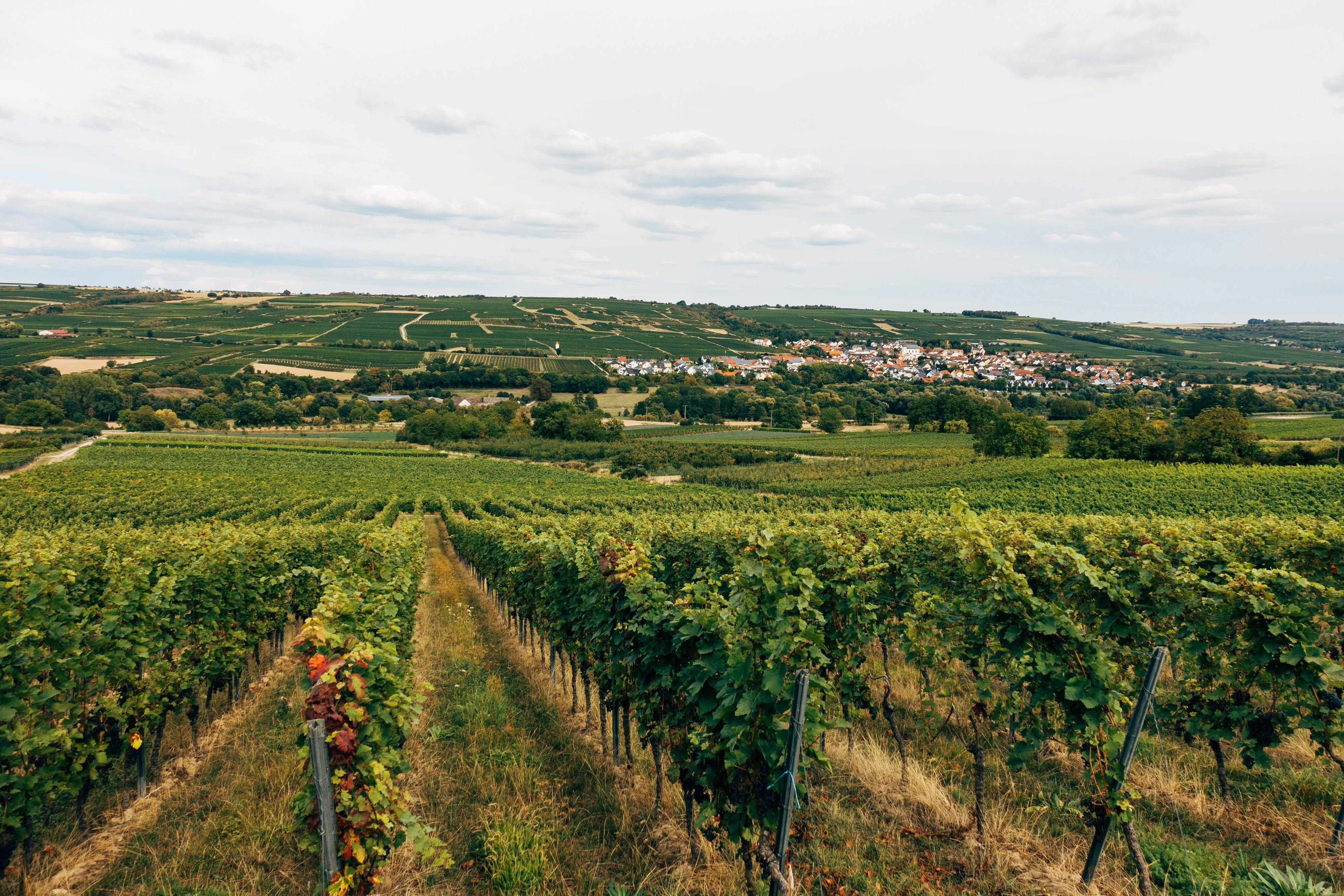
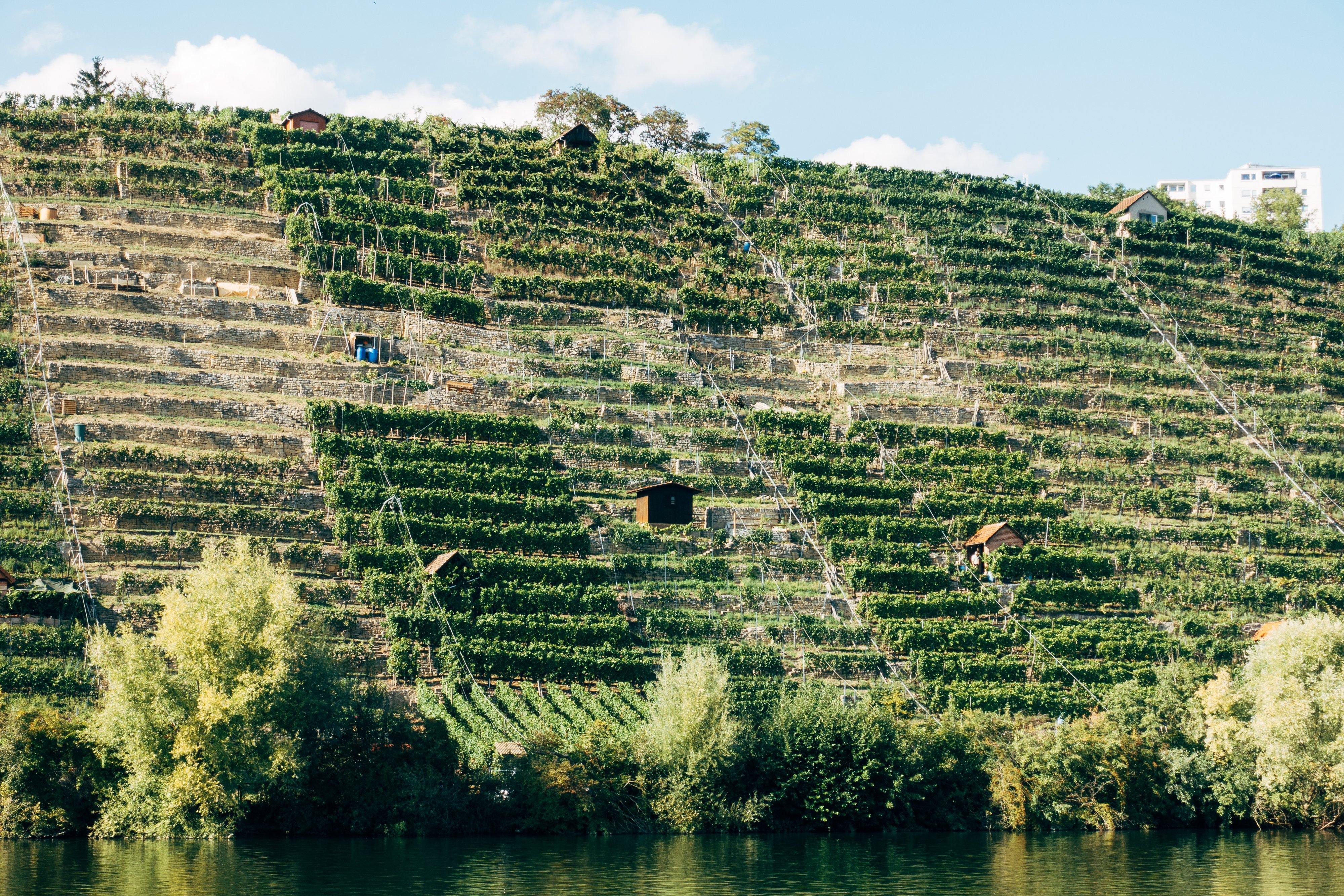
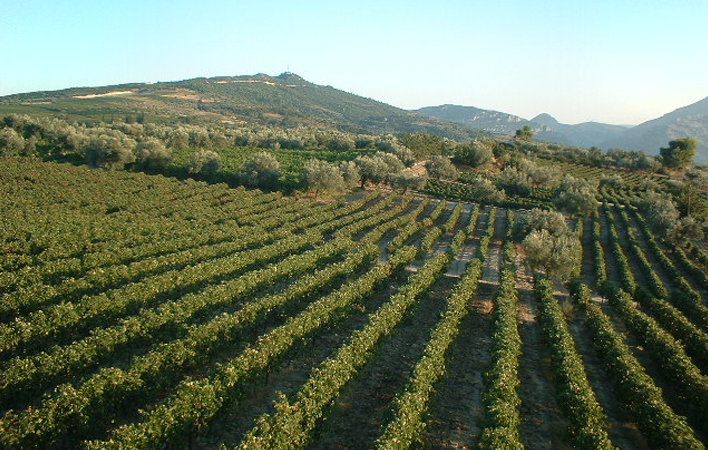
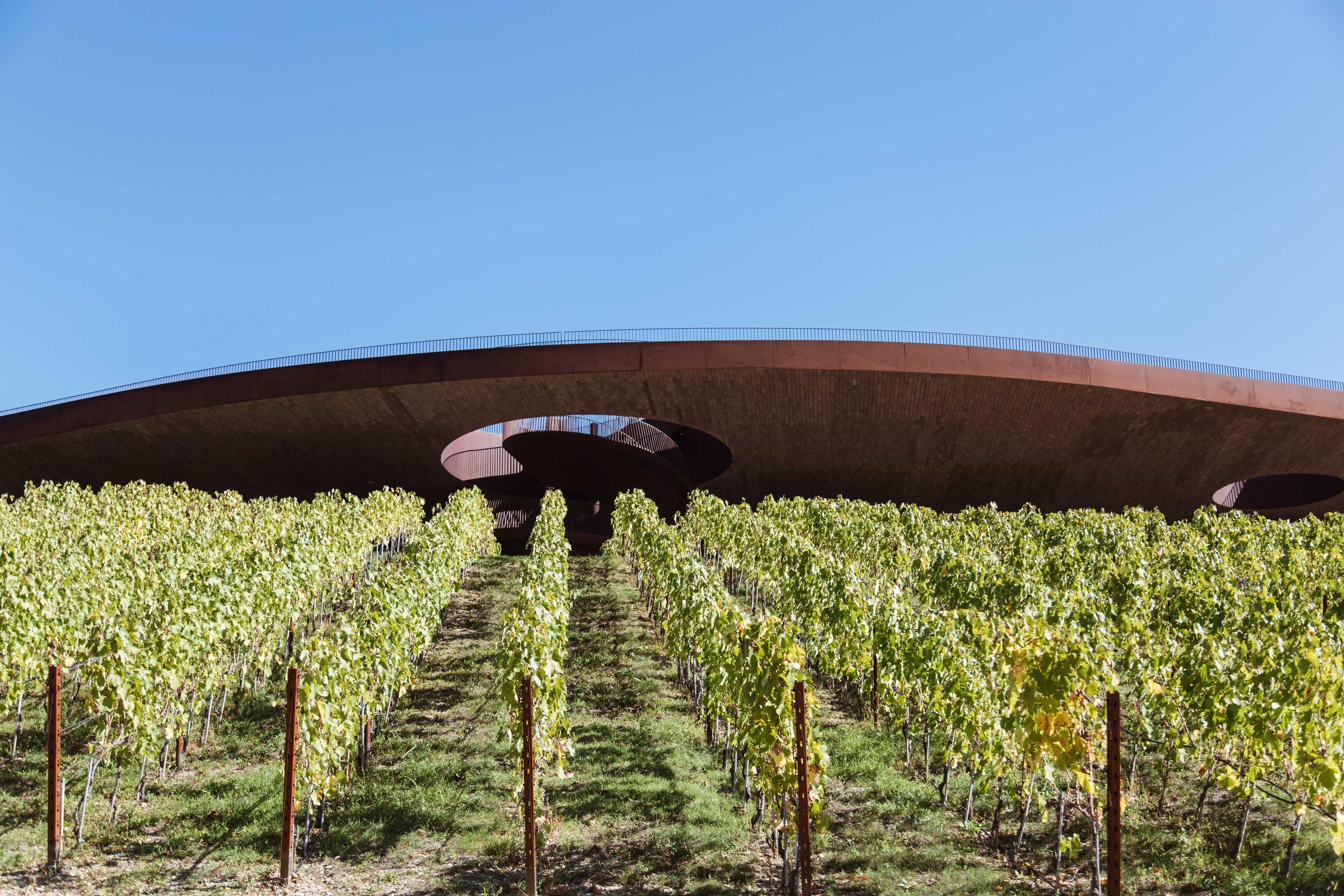
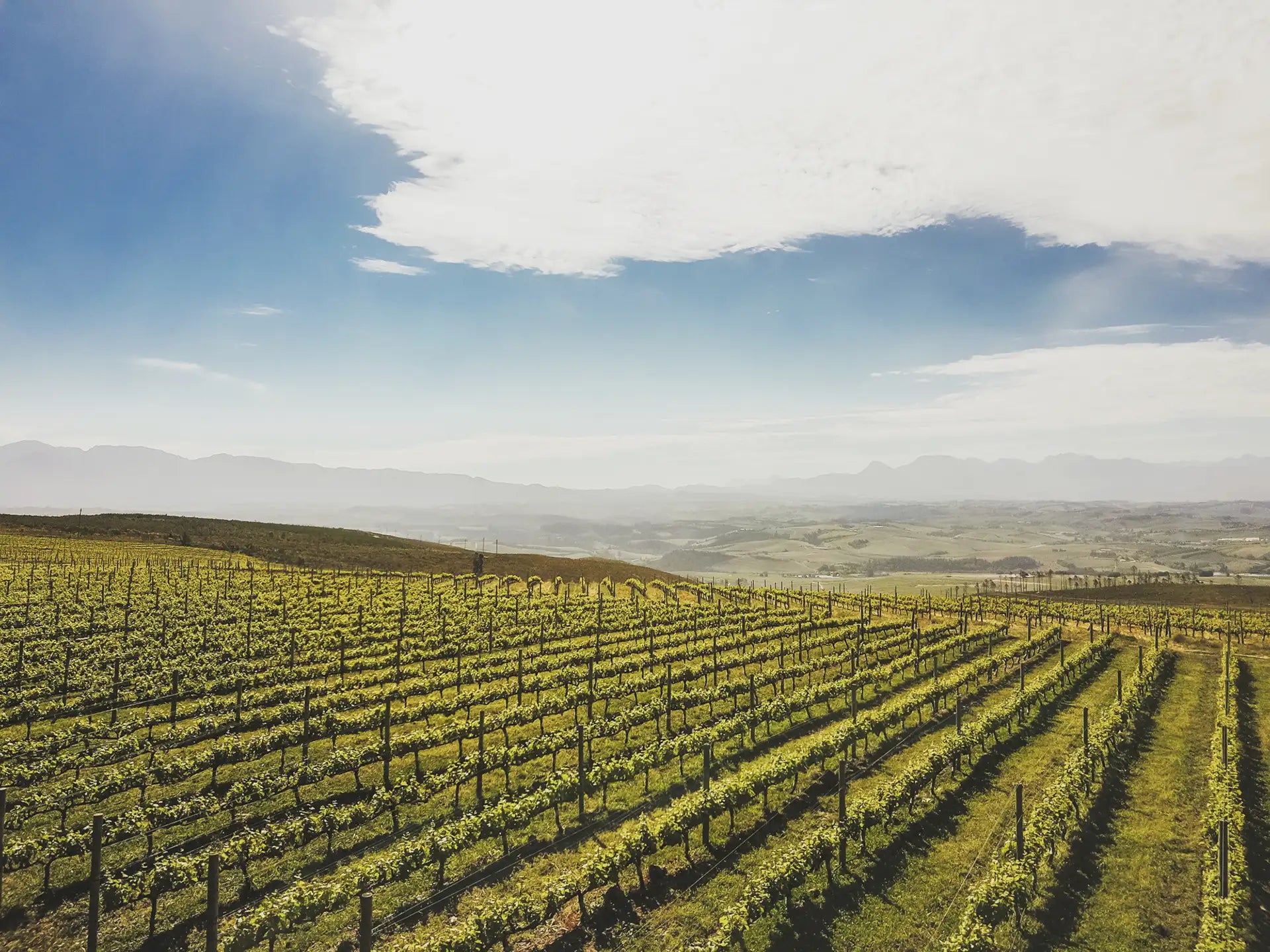
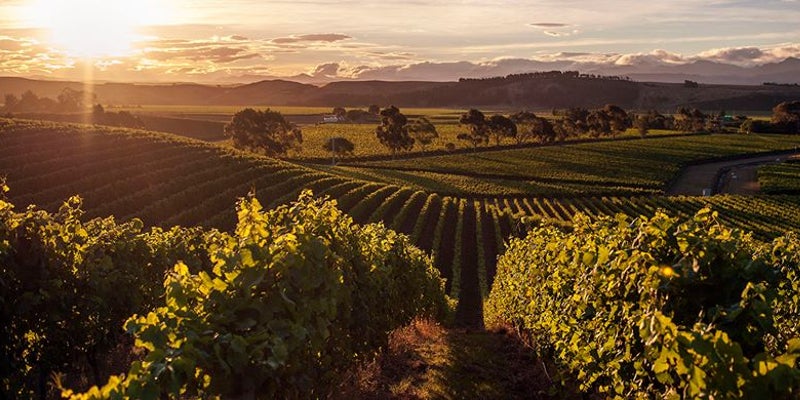
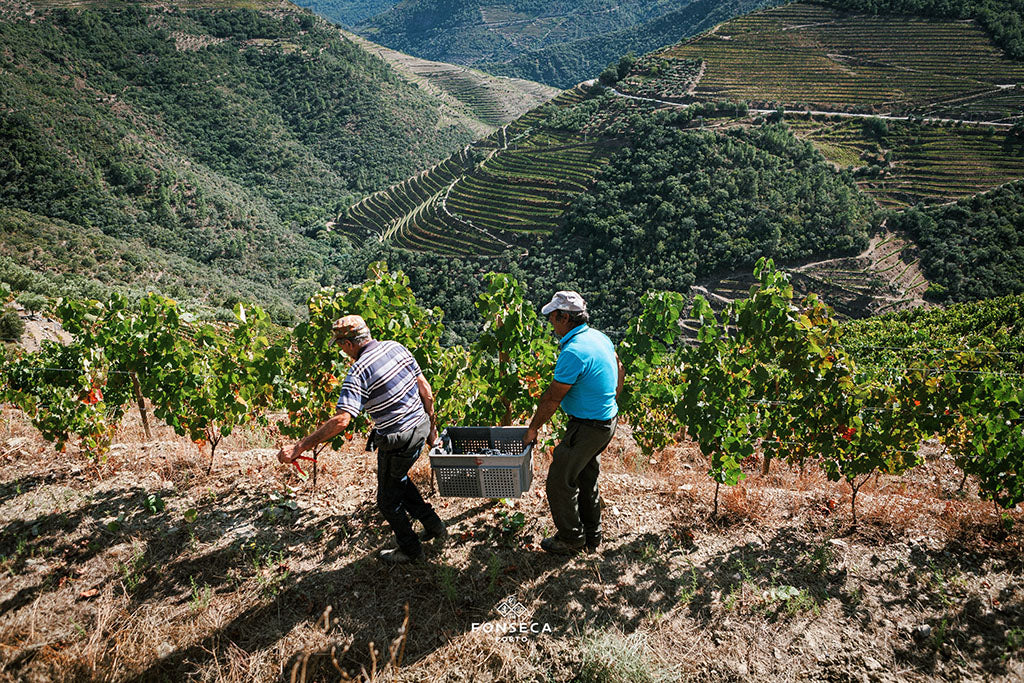
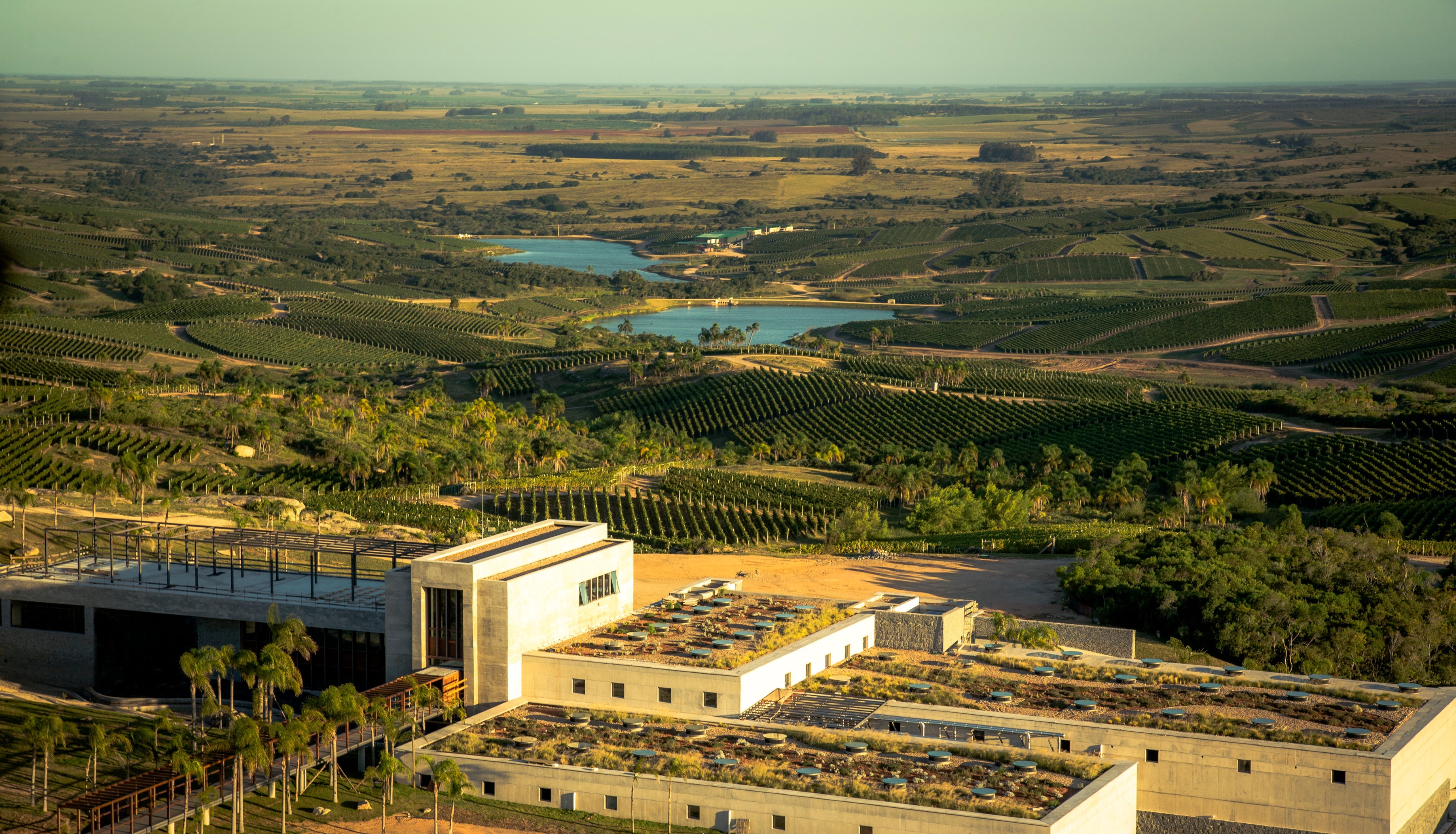
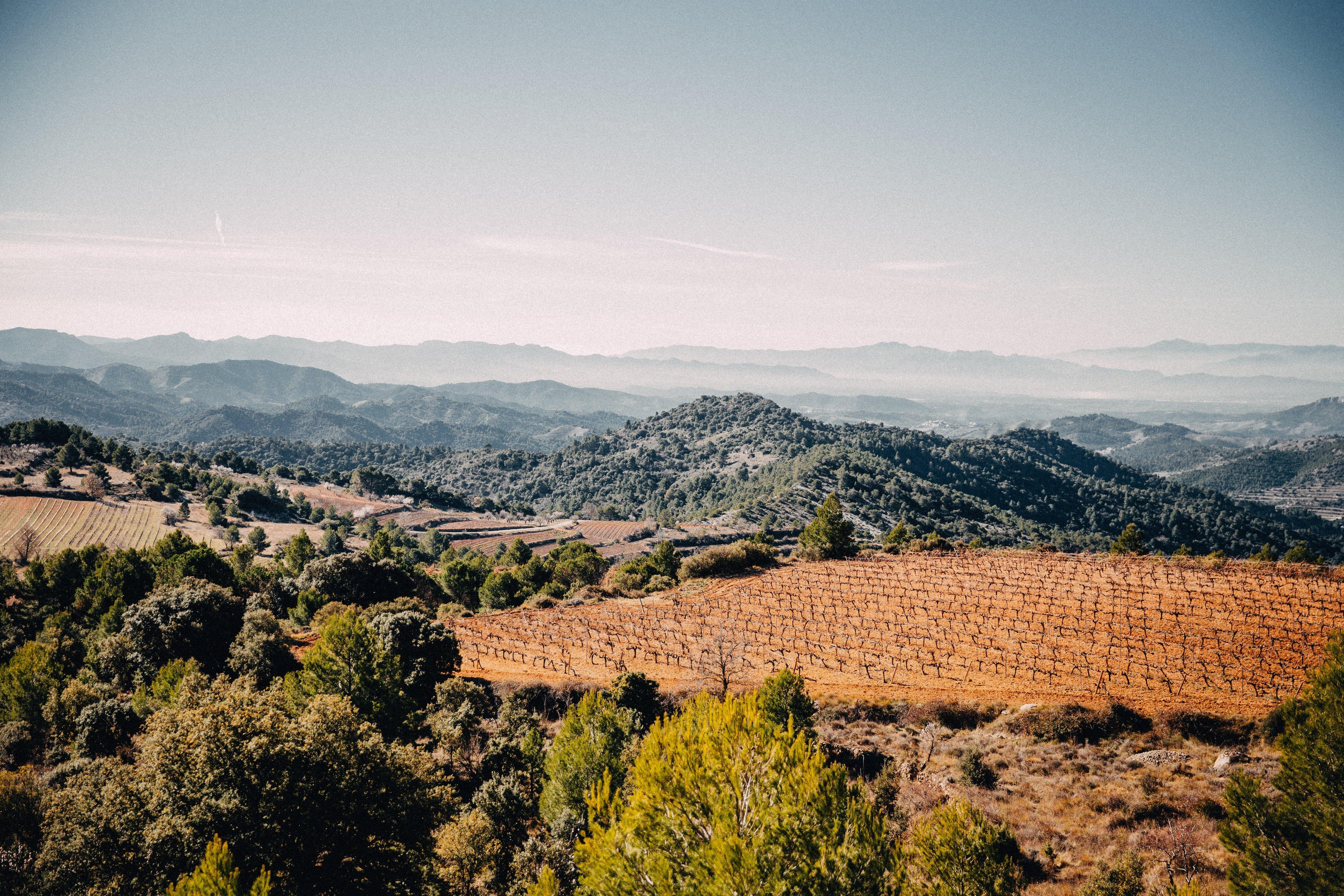
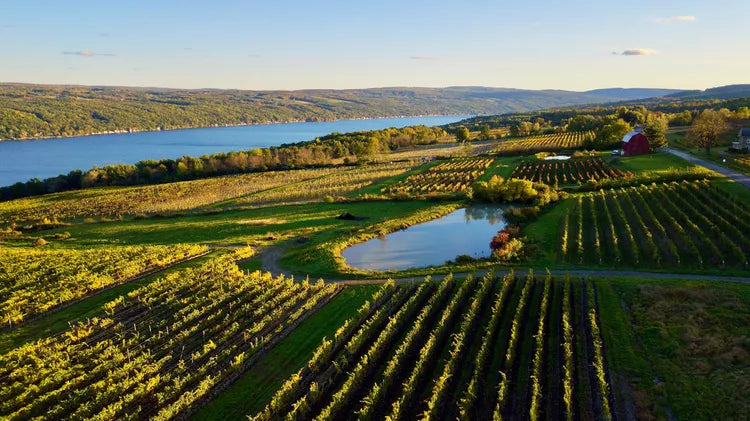

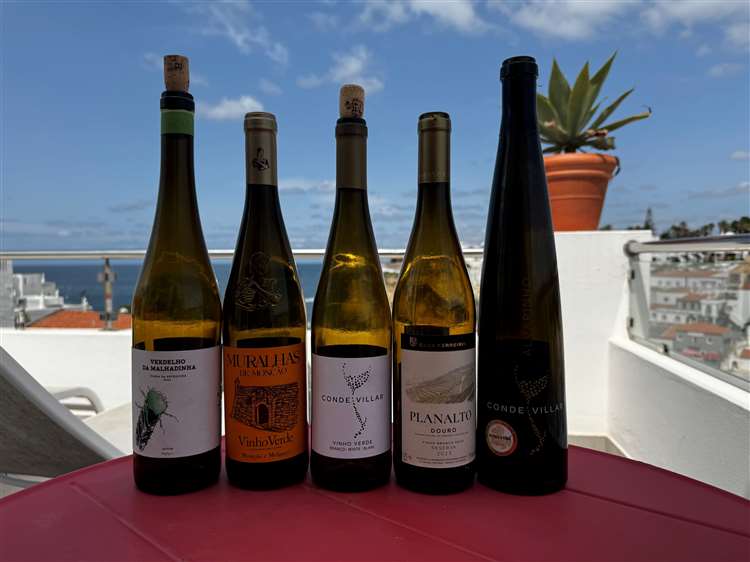
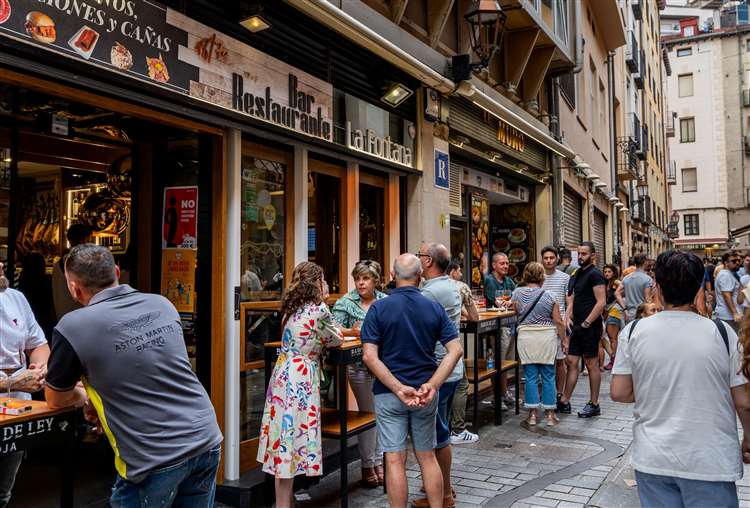

Leave a comment